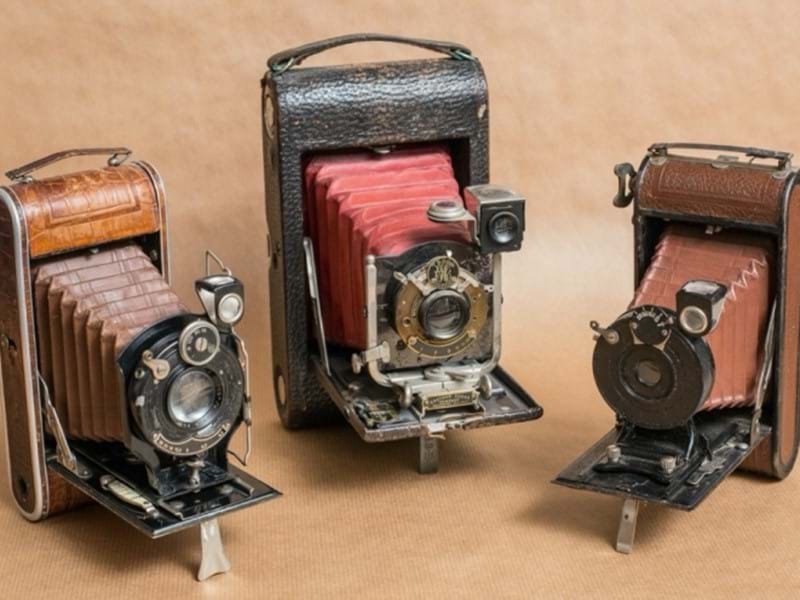7 Historical Photos You Didn’t Know Were Modified
Photoshop is typically the go-to tool for such processes. Using the latest technology, you can improve and enhance not just your current photos but also old family photos.
Find out what modern editing techniques are available and seven historical images you didn’t know were modified even before computer technology became available.
Benefits of Digital Editing
Some of the key benefits of digital editing benefits include:
- Bringing yellowed and faded photos back to life
- Recovering greyed black and white photos
- Recovering colour
- Colouring black and white photos
- Removing stains, scratches, watermarks, tears, and creases
- Replacing objects, people, and backgrounds
In the past, it was almost impossible to achieve similar results. Still, photographers and artists in history have been able to edit photos of historical events and importance using innovative techniques. Here are seven of the most famous memorable images that you didn’t know were modified.
Well-known Photo of Abraham Lincoln
Thomas Hicks edited the famous photo of Abraham Lincoln. The artist superimposed the head of the president onto the body of John C. Calhoun. Mr Hicks did this modification in the late 1860s. He retouched the print as an effort to create a heroic portrait of the leader after his assassination.

General Ulysses S. Grant During the American Civil War
The famous photo of General Ulysses S. Grant on a horse in front of his troops is an iconic photo from the American Civil War. Interestingly, this is a modified photo from around 1864. The Library of Congress investigated and found that this photo is the result of merging different photos that included:
- A different picture of General Grant
- A photograph of the body of Major General Alexander M Cook
- A background image of captured prisoners

Churchill’s Iconic Victory Photo
Everyone has seen the iconic victory photo of Winston Churchill in military attire. If you check the print at Britain At War Experience museum, you will be surprised to notice that it doesn’t feature Churchill’s famous cigar. The photo was modified to remove the cigar from the British Prime Minister’s hand.

General Francis P. Blair Added to a Photo
When Matthew Brady took this photo of General Sherman posing with his generals in 1865, General Francis P. Blair was not present for the shot. The photojournalist added later on the image of General Blair from another photo to the group portrait.

Removing Goebbels from a Photo
Historically, photos have been modified not just to add someone from a second photograph, but also to remove them. Adolf Hitler has removed many people from his official portraits. The above photo is an example where the artist removed Joseph Goebbels from a print with Hitler and other friends.

Queen Mother and the Canadian PM
King George VI was initially in this photo of the Queen Mother and the Canadian Prime Minister. To give more visibility and attention to the prime minister, the editor recreated the scene removing the King to show only the Prime Minister William Lyon Mackenzie King and the Queen Mother.

Fence Post Removed from Kent State Massacre Photo
This photo is a famous Pulitzer Prize by John Filo taken in 1970. The original shot had a fencepost behind Mary Ann Vecchio’s head. The photographer modified the picture to remove the fence. This famous photo is a reminder of the Kent State Shootings by the National Guard troops that resulted in the death of four students and nine wounded.

There are many other instances of altered historical images. The practice of photo modification existed since the beginning of photography. But it has become more prevalent and accessible than ever before.
No worries! We can fix it and make it beautiful.
from our blog
You might also like
Many developments took place before modern photography came into existence.
Here are some fun facts about how the pioneers of this visual art produced their pictures back in the day and the most important inventions.
The Victorian Era was a period that marked the rule of Queen Victoria. It was an era with many inventions, a lot of which are still in use today. Photography was one of them, and undoubtedly one of the greatest.
The art and science of photography hit a lot of milestones in a short amount of time. What we call Stereoscopic Photography was just another step in photography's evolving technology in the transition from paintings to photos.
The process of photo retouching has been there for as long as photography has been in existence. Photographers would paint or draw on top of their film, scrape it with knives, or combine multiple negatives to create one print.





